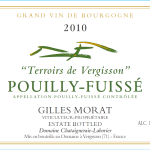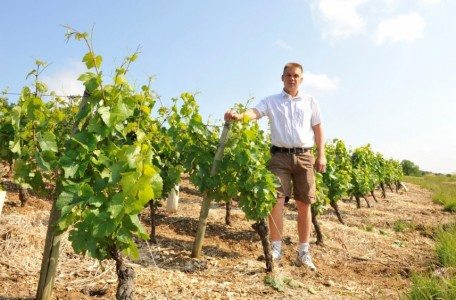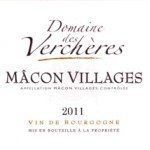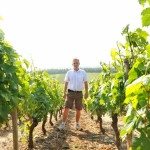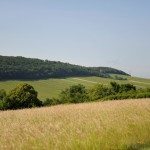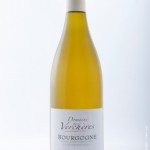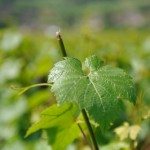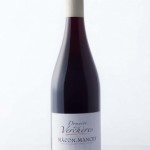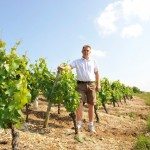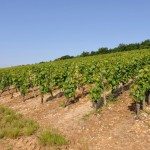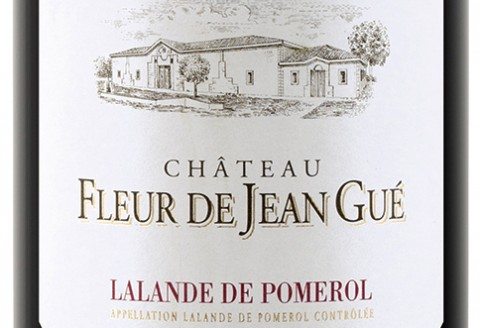Chateau La Galiane is a family-run property in the commune of Soussans. It is managed by Madame Christiane Renon, who represents the third generation. The name of the estate derives from the English general, Galian, who was prominent in Aquitaine during the 100 Years War. The estate’s five hectares are planted with 50% Merlot, 45% Cabernet Sauvignon and 5% Petit Verdot. The average age of the vines is over 50 years, among the oldest in the appellation, and some plants are 100 years old. The high proportion of Merlot is unusual in the Medoc and it contributes to the warm, warm, rich style of Chateau La Galiane.
The quality at Chateau La Galiane starts in the vineyard. The soil consists of outcroppings of fine gravel on a clay-limestone base which facilitates fine drainage, leading to ripe, healthy fruit. Harvest is done by hand and a triage is carried out in the vineyard. A further triage is done at the winery using a sorting table. These measures ensure that only the perfectly healthy fruit is vinified. The grapes are given a three week cuvaison with daily pumping over to ensure maximum extraction of fruit, aromas and color. The wine is assembled early in the New Year and rests in barrels for two years. Before bottling the wine is fined with fresh egg whites but is never filtered.
Chateau La Galiane is a classic Margaux, combining richly satisfying flavors and finesse. The wine is usually ready to enjoy on release but can be cellared for up to ten years. Small family properties in Bordeaux rarely export to the USA, and Chateau La Galiane is an undiscovered gem.
GENERAL INFORMATION
| COUNTRY | FRANCE |
| REGION | BORDEAUX |
| APPELLATION(S) | MARGAUX |
| PRODUCER | CHÂTEAU LA GALIANE |
| FOUNDED | 1921 |
| ANNUAL PRODUCTION | 700 CASES |
| FARMING | LA LUTTE RAISONNÉE |
| WEBSITE | CLICK HERE |
| DOWNLOADS | INFO SHEET |
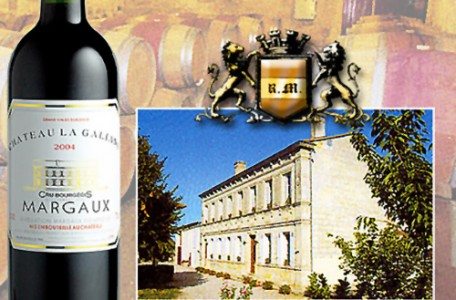
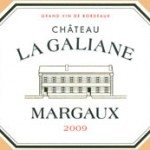
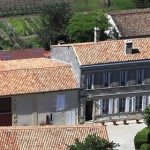
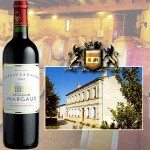

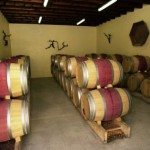
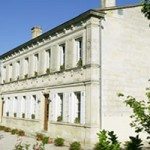
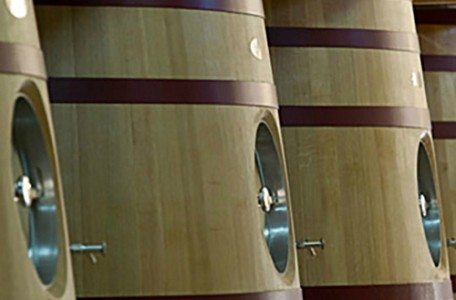

 on is carried out in modern, temperature-controlled tanks with 2 pigeages per day, to attain the maximum of extraction. Chateau Le Cros is then aged in oak casks for 14 months, of which 10% are new, 40% are one year old, and 50% are two years old. The barrel regime is calibrated to ensure that the wine is balanced and supple on release, yet not over powered by oak.
on is carried out in modern, temperature-controlled tanks with 2 pigeages per day, to attain the maximum of extraction. Chateau Le Cros is then aged in oak casks for 14 months, of which 10% are new, 40% are one year old, and 50% are two years old. The barrel regime is calibrated to ensure that the wine is balanced and supple on release, yet not over powered by oak.
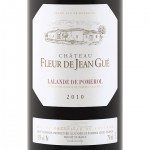
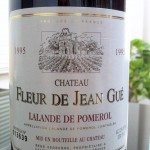
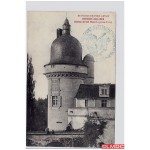
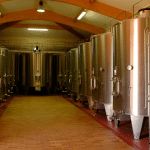
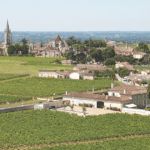

 Constant evaluation of wines: Wine tasting prior to release by experienced winemakers, comparative tastings conducted by competent structures of the sector, tastings at national and international exhibitions, Sieur d’Arques here has an effective process of tasting wines. This essential process assesses the overall quality of the wines to anticipate consumer satisfaction.
Constant evaluation of wines: Wine tasting prior to release by experienced winemakers, comparative tastings conducted by competent structures of the sector, tastings at national and international exhibitions, Sieur d’Arques here has an effective process of tasting wines. This essential process assesses the overall quality of the wines to anticipate consumer satisfaction.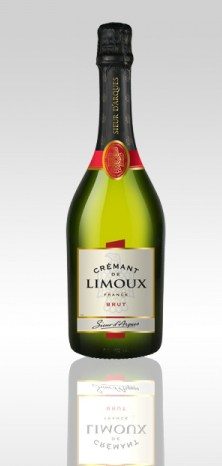

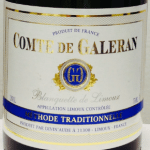
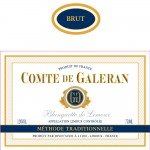
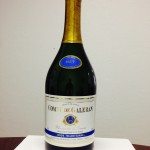
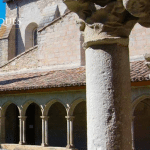


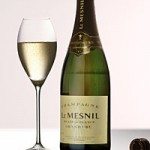
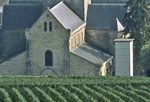
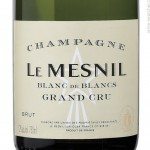
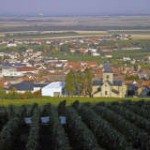
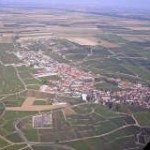
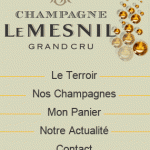
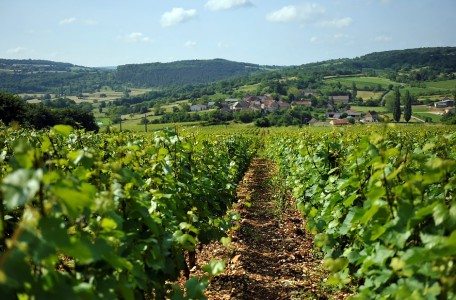
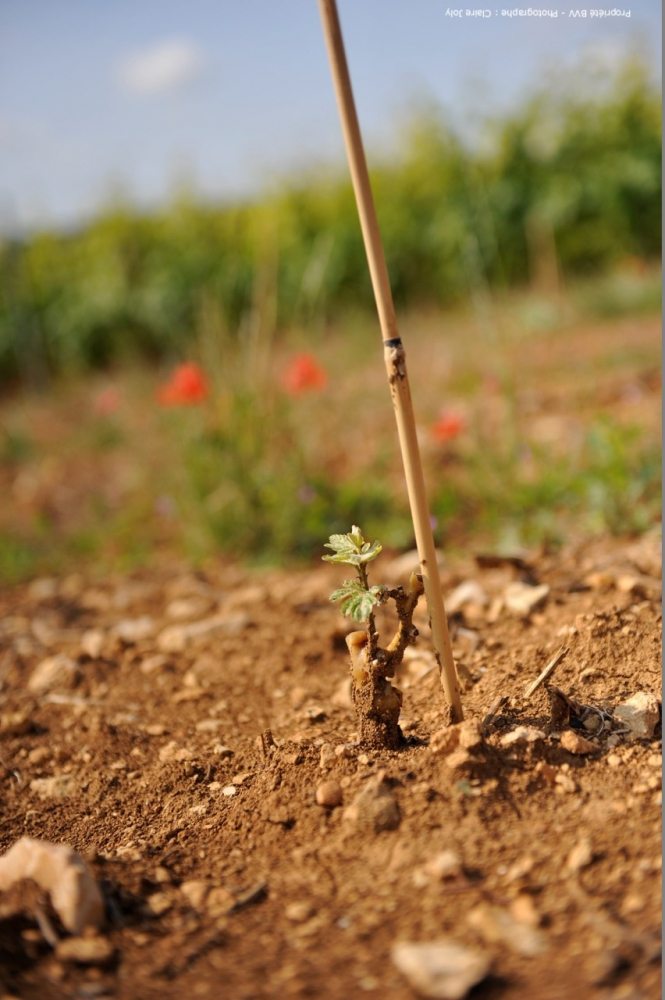
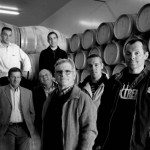
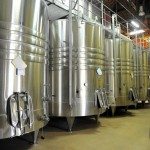
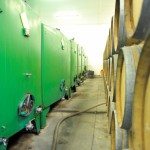
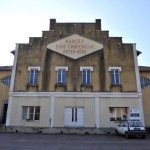
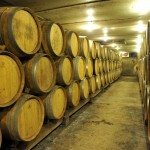
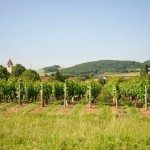
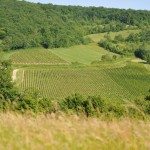
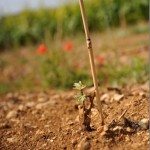
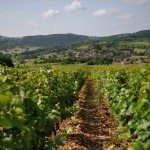
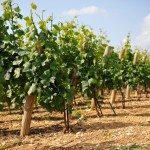
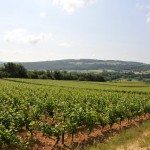
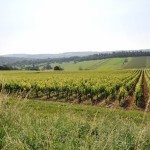
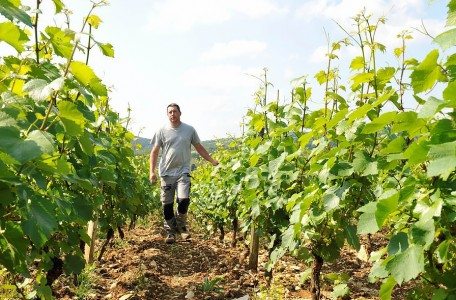
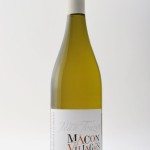
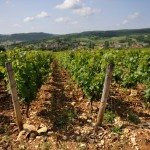
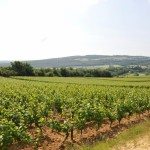
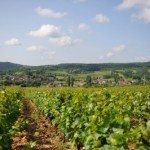
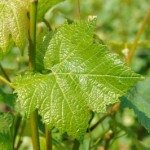
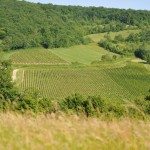
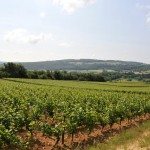
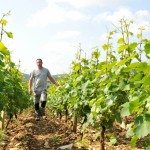


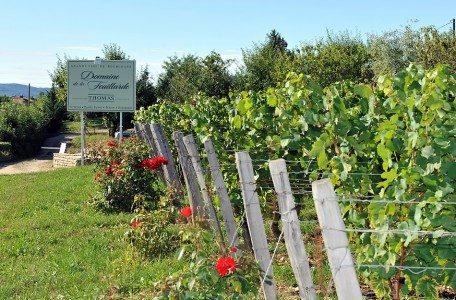
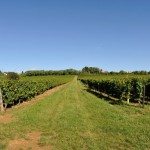
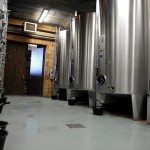
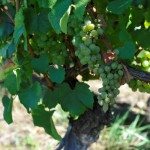
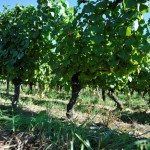

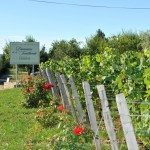
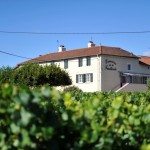
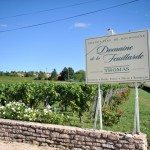



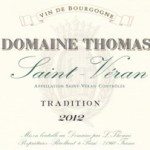
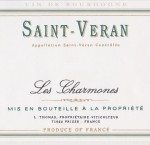
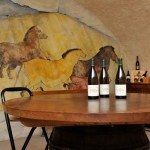
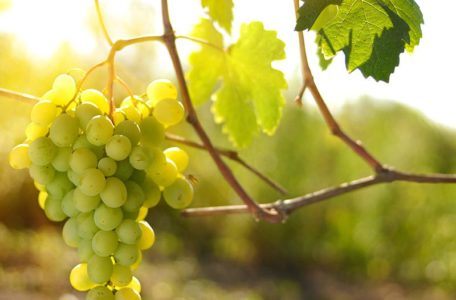
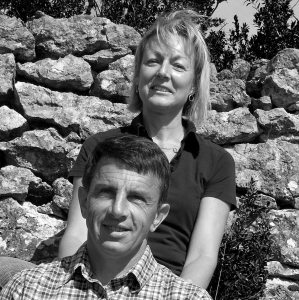 Gilles and Joelle Morat founded Domaine Gilles Morat in Vergisson in 1997. Gilles’ father and grandfather owned vines in Vergisson but had always sold their grapes to negociants. After 15 years in the electronics industry, Gilles decided it was time to move back to his home town so that his children would be able to enjoy the same life that he had while growing up. After spending one year in wine school in Davaye, Gilles combined his father’s vines with additional parcels and began his new Domaine. The winery is located high in village of Vergisson on a site known as “Chataigneraie-Laborier” which denotes a 19th century plantation of chestnut trees (chataignes) by a certain Monsieur Laborier. Morat chooses to keep the size of his Domaine small so as to maintain an artisanal dedication to his vineyards and winemaking, while allowing the soil and natural ambiance of Vergisson to find full expression in his Pouilly Fuisse cuvees.
Gilles and Joelle Morat founded Domaine Gilles Morat in Vergisson in 1997. Gilles’ father and grandfather owned vines in Vergisson but had always sold their grapes to negociants. After 15 years in the electronics industry, Gilles decided it was time to move back to his home town so that his children would be able to enjoy the same life that he had while growing up. After spending one year in wine school in Davaye, Gilles combined his father’s vines with additional parcels and began his new Domaine. The winery is located high in village of Vergisson on a site known as “Chataigneraie-Laborier” which denotes a 19th century plantation of chestnut trees (chataignes) by a certain Monsieur Laborier. Morat chooses to keep the size of his Domaine small so as to maintain an artisanal dedication to his vineyards and winemaking, while allowing the soil and natural ambiance of Vergisson to find full expression in his Pouilly Fuisse cuvees.